Few soldiers in history have been as dedicated and loyal to the nation they serve as those who served in the Japanese Imperial Army during World War II.
Throughout the war, these men gained an infamous reputation for being willing to pay the ultimate price to defend Japan, with no question. Their loyalty extended far beyond the typical obligation of soldiers at war.


Even as the war ended and forces began disbanding, there were Japanese soldiers scattered across the Pacific who continued their lives as if they were still at war.
These men honored their order to prefer death over being captured alive by enemy forces.
There was a significant number of Japanese holdouts after the war, hidden deep in the jungles of various Pacific islands. Many men held out for decades after the war, refusing to emerge for fear of capture or death.
One such tale is that of Shoichi Yokoi, who survived for nearly thirty years in the jungles of Guam before his capture in 1972.
Early Life And Military Service
Shoichi Yokoi was born on March 31, 1915, in Saori, Japan. His early years were a period of rapid growth and industrialization for Japan. The small island quickly outpaced its own resources and sought to become less dependent on importing goods.
Becoming self-sufficient required expansion, and in the 1930s Japan began conquering other states in the Pacific. Korea, Indonesia, the Philippines, and even parts of China all fell under Japanese rule for over a decade.
The ruthlessness with which Japanese forces conquered enemy forces inspired an infamous reputation. The Japanese capture of Nanjing in China still stands as one of the most heinous war crimes of World War II for its level of violence against men, women, and children.
As a result, political cartoons depicted the Japanese as violent apes or rodents that needed to be exterminated.
As World War II began to expand into a global conflict, the Japanese military continued to grow to match the need for more force.
Shoichi Yokoi was conscripted into the Imperial Japanese Army in 1941, and forced to leave behind his apprenticeship as a tailor. Shortly after, Japan bombed the United States military outpost at Pearl Harbor, drawing the nation into the war and renewing the fight in the Pacific Theater.
Yokoi served for two years with the 29th Infantry Regiment in Manchukuo, the Japanese-operated region of Northern China. However, as the United States began making progress in the Pacific, reinforcements were moved east.
Deployment To Guam
In 1943, Shoichi Yokoi was transferred to Guam, where he advanced to become a sergeant in the 38th Infantry Regiment. It was on this small island nation that Yokoi would make his long final stand as a Japanese soldier.
American forces had quickly begun making their way across the Pacific, island hopping and defeating Japanese forces to close the 4,000-mile gap between Pearl Harbor and Japan. This inspired the transfer of many Japanese forces from mainland Asia to the Pacific islands, including Yokoi.
A strategic location in the Pacific, Guam had been captured from the United States in the early days of the war. Although still a 1500-mile distance from the Japanese mainland, the island of Guam was close enough that it was essential for Japanese forces to make a defensive stand.
It remained under Japanese control until July of 1944 when American forces launched a major offensive to retake the island. Very quickly, Japanese forces were overwhelmed and leadership was cut off.

Without guidance, Japanese soldiers were left to fight themselves, and many of them fled to avoid capture and fight another day. Along with nine other soldiers, Shoichi Yokoi fled into the jungles of Guam.
Life In Hiding
Utilizing the skills they received in their military training, the men began to live off the land. Each of them assumed that eventually, the Japanese command would either retake the island or reach out to survivors with new orders.
Pretty quickly, the men realized that this was not the case. They had no reliable way to receive news and they came to accept that they were truly on their own, surviving in the wilderness.
This demoralized many of the men, and the group began to split up. Seven of the original ten men wandered into a new region of the island, leaving only Yokoi and two companions living together in the jungle.
These three men spent twenty years occasionally visiting each other in the jungle, keeping in touch and hoping to be rescued. In 1964 though, the other two men perished in a flood, and Yokoi was left alone. For nearly another decade, he survived alone, cut off from the rest of the world.
His survival skills were put to the ultimate test. He built a small underground shelter camouflaged with various plants and lived off the land, hunting and foraging for food.
His diet consisted primarily of coconuts, papaya, and small animals, although on occasion he would be lucky and be able to catch or steal a fish.
Despite (or perhaps because of) the challenging circumstances and lonely experience of being trapped in the jungle, Yokoi maintained a strict routine.
Every day he would scout, forage, and make repairs to his shelter, all while avoiding detection by locals and American forces stationed on the island.
The War Ends, But Not For Yokoi
For the first year of his time in the jungle, Yokoi’s fear of being caught by American forces was valid. But after August of 1945, when the Japanese surrendered, he had nothing to fear.
It was not until 1952 that he would learn that the war had ended, after 8 years in hiding.
At that point though, Yokoi was afraid to emerge from his state of hiding. He later remarked that the Japanese military mindset of preferring death to capture was engrained too heavily in his psyche.
Being captured or surrendering himself to forces in Guam would have been an embarrassment to his nation and family.
As a result, Yokoi lived in a state of perpetual alert for 28 years, convinced that he was still serving his emperor and fulfilling his duty as a soldier by not surrendering.
He displayed the unwavering loyalty and dedication to Japan that made the Imperial Army such intimidating foes. During the war.
Discovery And Return To Japan
Yokoi’s life of hiding in the jungle came to an end on January 24, 1972. Two local hunters, Jesus Duenas and Manuel DeGracia, stumbled upon Shoichi Yokoi while checking their shrimp traps along a river.
At first, the men mistook Yokoi for another villager. But they quickly became incredibly alarmed and amazed to find out that he was a Japanese soldier who had been hiding out for nearly 30 years.
Physically weakened but mentally resilient, Yokoi tried attacking the men to save himself. He was easily overcome though, since his diet in the jungle was not enough to healthily sustain his body.
The two men fed Yokoi hot soup before turning him over to authorities, much to Yokoi’s surprise. He had expected them to kill him.
The news of his discovery quickly spread, captivating audiences around the world. When interviewed, Yokoi famously remarked, “It is with much embarrassment that I return.” The saying became a popular phrase in Japan.
Upon his return to Japan, Shoichi Yokoi received a hero’s welcome. The Japanese public was deeply moved by his story, viewing him as a symbol of perseverance and dedication. He received a small amount of back pay for his continued service after the war.

Yokoi even got to visit the imperial palace after his return. He notably was sad to have never met Emperor Hirohito who he honorably served, but he apologized for failing to defend the nation while on the palace grounds.
Life After The Jungle
Yokoi struggled with the transition to life in a Japan that was drastically different from the one he departed from in 1941. The United States’ occupation of the nation and its adoption into the global economy had shifted the way the country developed drastically.
Gradually though, he adapted. He married Mihoko Mihori, a nurse who had written to him during his recovery, and settled in rural Aichi Prefecture.
Yokoi authored several books about his experiences and became a popular public speaker, completing media tours where he shared his incredible story of survival with audiences across Japan.
He also became an advocate for self-sufficiency and survival skills, reflecting his deep connection to the skills that had kept him alive in the jungle.
Legacy And Reflection
Shoichi Yokoi lived for another 25 years after his return to the world before passing away on September 22, 1997, at the age of 82.
He was one of the final three Japanese holdouts to be found after the war and represents the indomitable spirit of the Japanese military.
A small museum dedicated to Yokoi was operated by his wife from 2002-2022, honoring his dedication to his country.

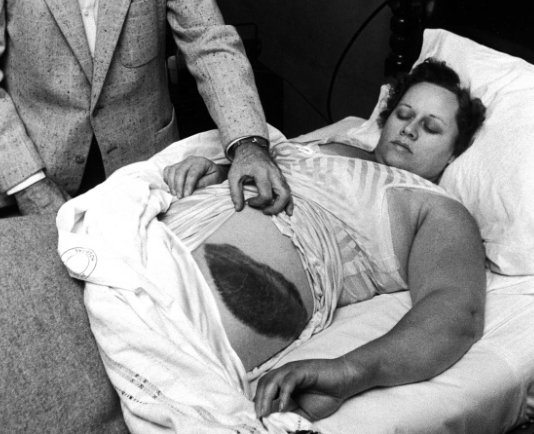
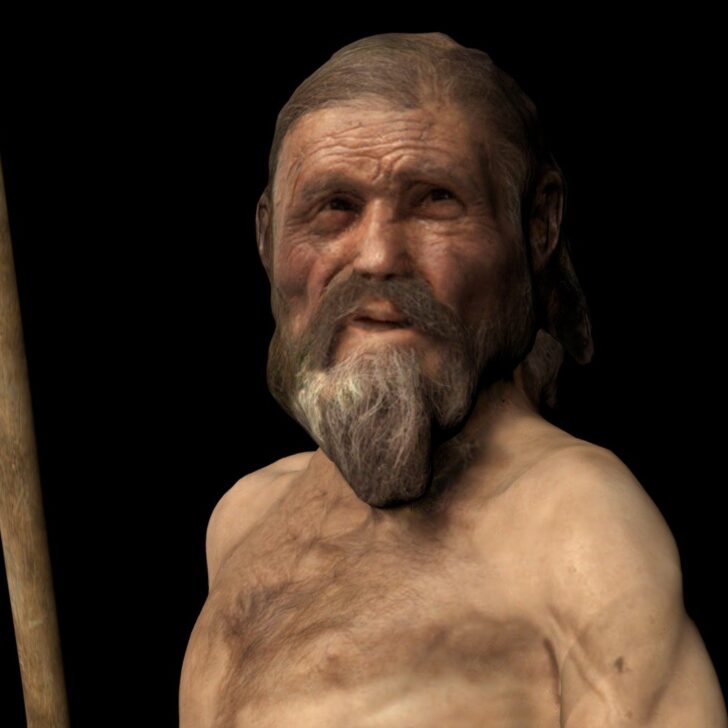
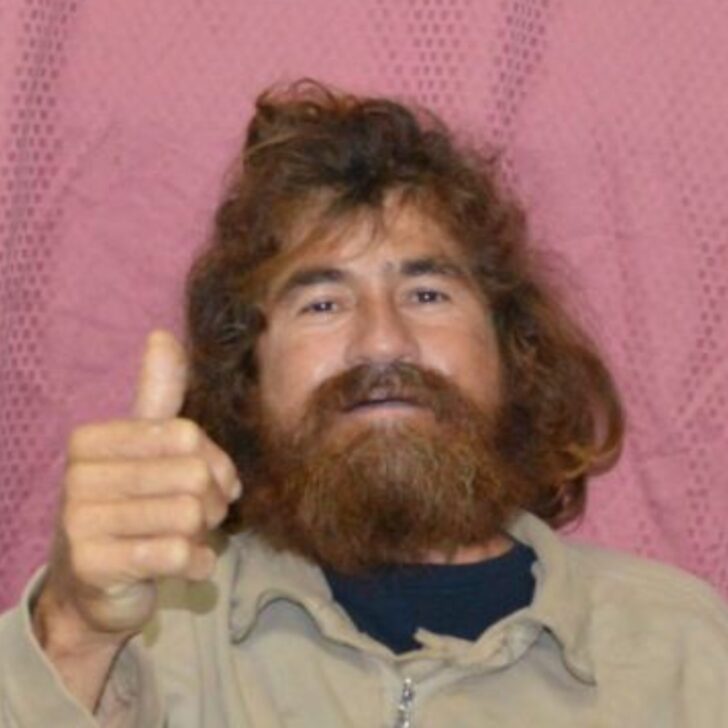

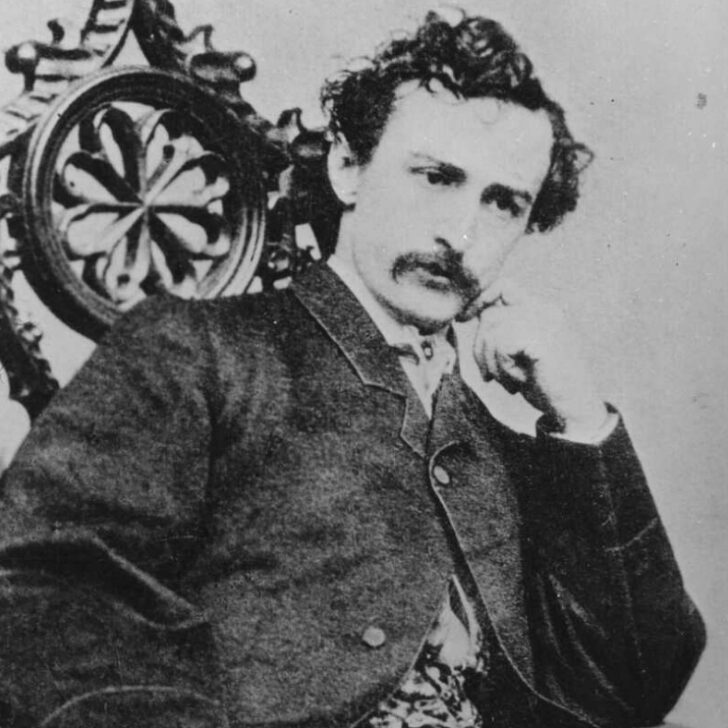
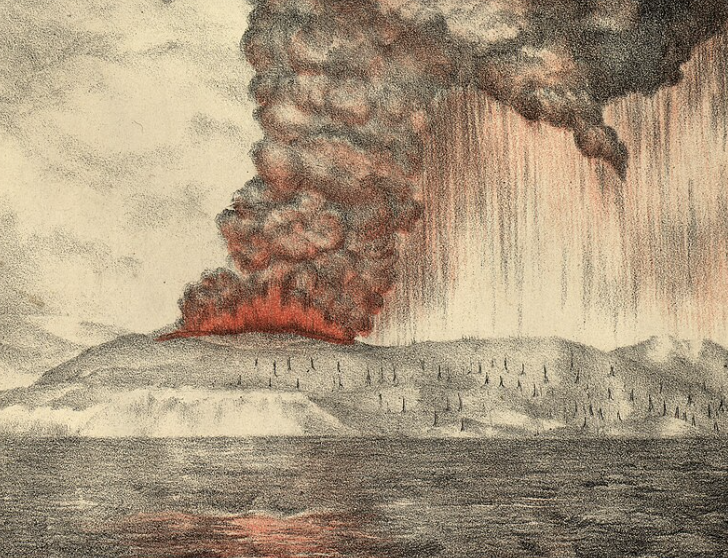



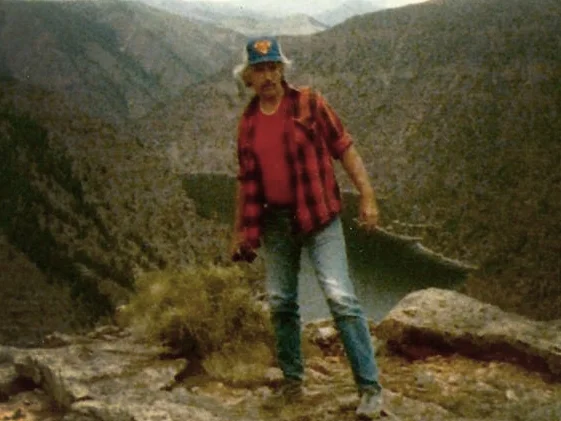
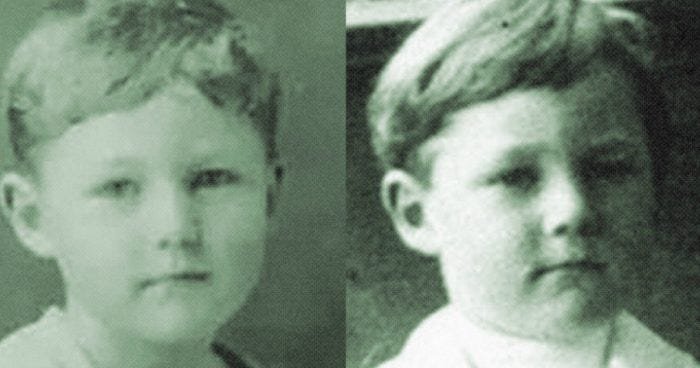

Leave a comment